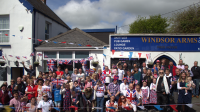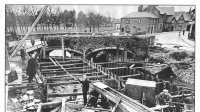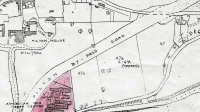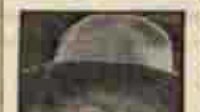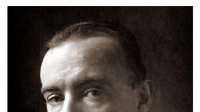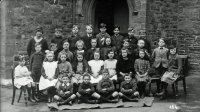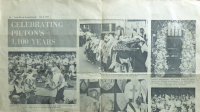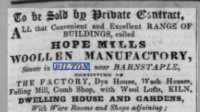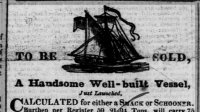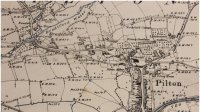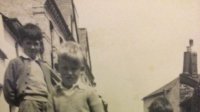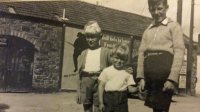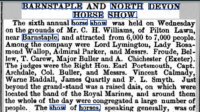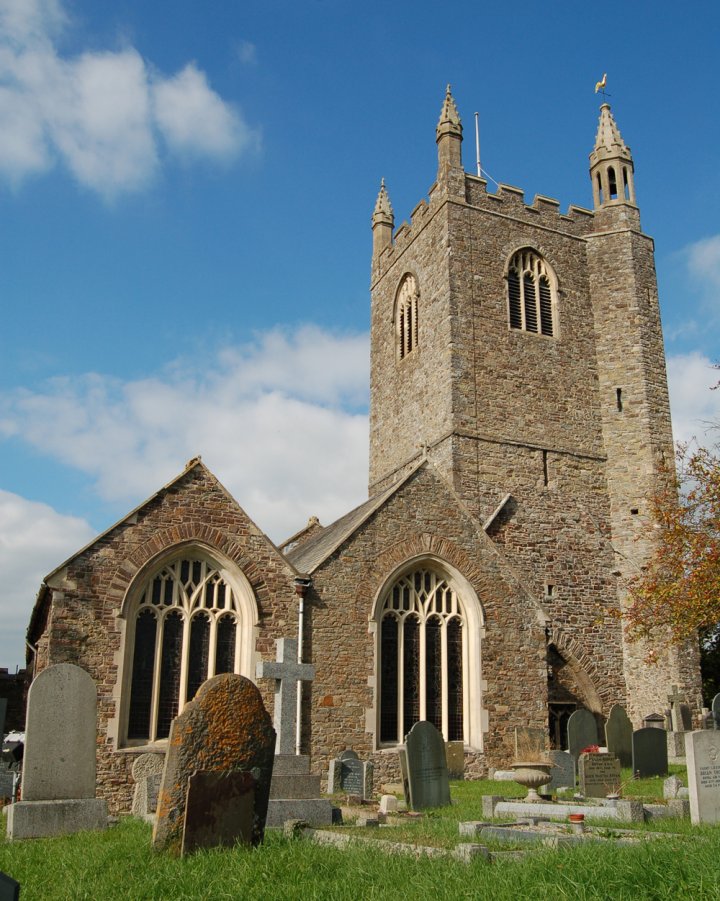Pictures
The Tower of St Mary's Church, Pilton
- from: Martin.Haddrill
- uploaded: Jun 1, 2012
- Hits: 7815
-
 (0 Likes)
(0 Likes)
It is difficult to imagine the tower of Pilton Church topped with a lead spire, similar to the ones at Ashford, Barnstaple, Braunton, Swimbridge and others in North Devon. However, that was the case in Pilton until 1645, when it was severely and deliberately damaged towards the end of the English Civil War.
The tangible clues lie in the construction of the tower itself. On the outside it is square and very solid-looking – however, on the inside from the belfry level upwards the inner facing of the walls is hexagonal. It was built this way to take the weight of the heavy wooden framework upon which the lead was placed. The tablet on the outside of the south porch of the church states that the tower was ‘by force of arms pulled down in ye late unhappy Civil Wars…’
So who did this and why? The answer is the Royalist army, who held the military garrison in Barnstaple for three-quarters of the period of the war. By the winter of 1645 Cromwell’s New Model Army of the Roundheads was gradually pushing westwards towards Cornwall, where the Royalists were desperately short of cannon and lead shot. They knew that they would need more if they were to fight to the bitter end. Pilton Church tower possessed bells which could be cast into cannon and a spire covered in many hundredweights of lead. This was the answer to their problems.
How do we know this? From a letter now in the Bodleian Library in Oxford dated 20th December 1645, written by Sir Allen Apsley, Royalist Governor of the Barnstaple garrison. This was addressed to Sir Edward Hyde, the king’s commander who was in Truro. Apsley stated that he had ‘pulled down the steeple’, and that there was no longer any need to send to France for cannon, as his brother James had arranged with a bell-founder in Bodmin to re-cast the bells. While he did not actually mention Pilton Church by name, it was the only one under his authority which had its steeple and bells removed during the war. The lead, together with that stripped from the roof of Launceston castle, was destined to be moulded into shot. Having demolished the upper of the tower, the bells were taken out from the top, and the heavy loads were roped onto carts or gun-carraiges to begin the difficult journey into Cornwall through the winter mud on unmade cart-tracks. The churchyard was left with graves heaped with fallen masonry and old timbers.
For fifty years the tower remained in a wrecked condition. In the aftermath of the war there was little money or enthusiasm for such rebuilding. The inhabitants of North Devon, as elsewhere, were severely traumatised by the events of the previous five years, and the lead spire was never replaced. It was two hundred years before the top of the tower was rebuilt as we see it today with a full complement of eight bells. This was just one of the lesser problems endured by the local community when Barnstaple was a garrison town, occupied in turns by Royalists and Roundheads, which changed hands more often than any other town in Devon.
Thanks to Jackie Burge for the photograph of the tower in 2008.




